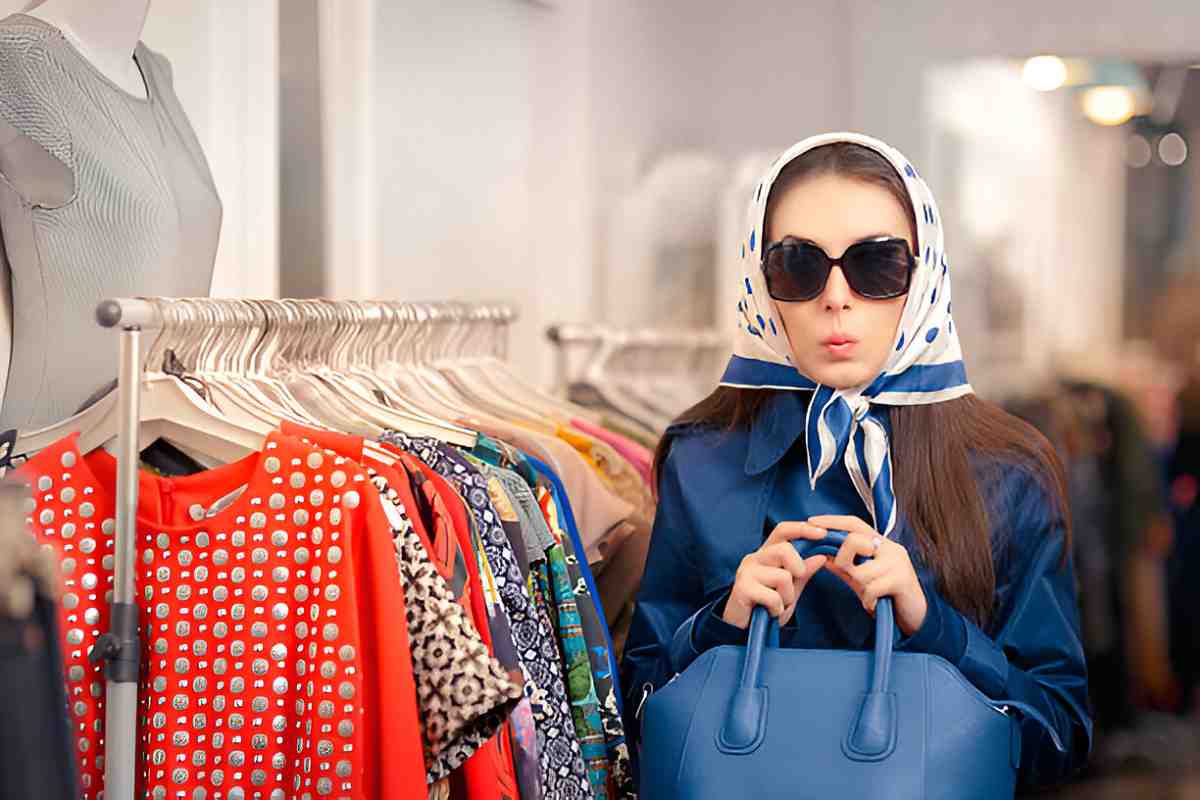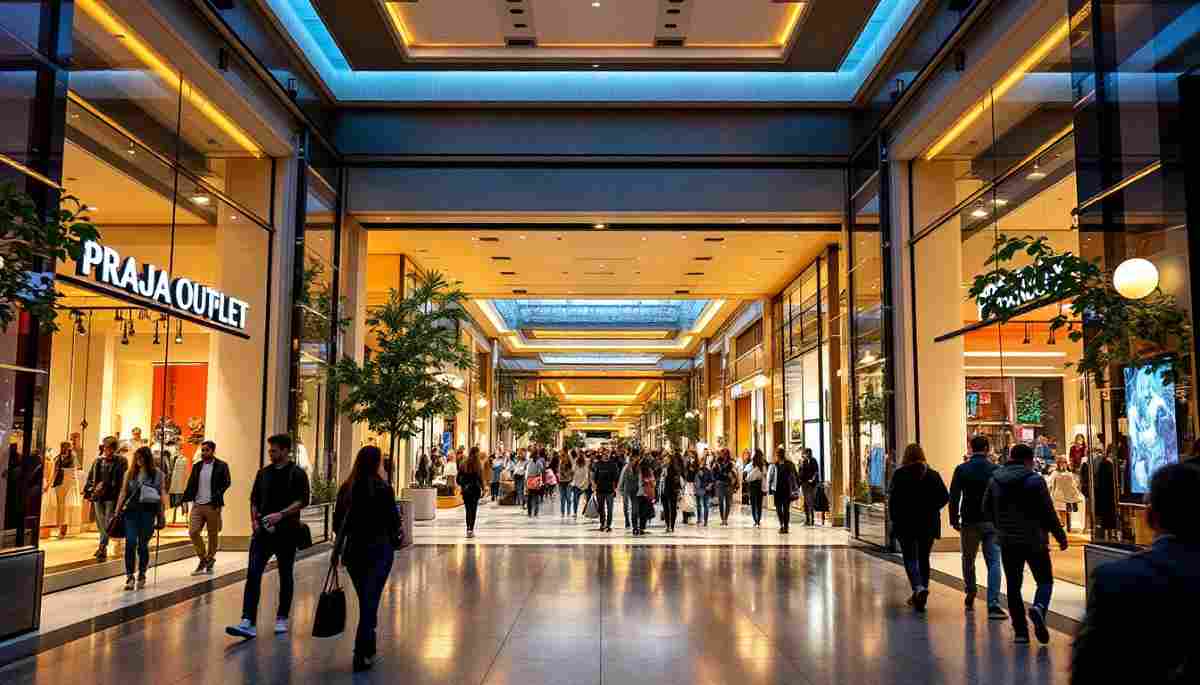Just Fashion Now is a fast-fashion brand offering trendy, affordable clothing and accessories. It caters to a wide audience by providing a variety of styles, from casual wear to evening outfits, with the goal of making fashion accessible to all. The brand stays up-to-date with the latest trends, ensuring that customers can find stylish options that reflect current fashion movements. With an emphasis on affordability, Just Fashion Now appeals to budget-conscious shoppers who want to stay on-trend without breaking the bank.
The Evolution of Fashion in the Digital Age
Fashion has undergone tremendous changes in the digital age, reshaping how styles are produced, marketed, and consumed. Since the rise of social media platforms, designers and brands have had to adapt to the rapidly changing landscape of fashion trends that can now emerge and dissipate almost overnight.
The accessibility of digital tools has allowed emerging designers to showcase their creativity to a worldwide audience. With platforms like Instagram and TikTok, a few carefully curated images or videos can garner immense attention, making it possible for independent designers to gain recognition without the need for traditional fashion shows.
Moreover, online shopping has transformed the retail experience. Consumers can browse the latest looks and build their wardrobes with just a click, all while enjoying the convenience of home delivery. This shift has undeniably changed the power dynamic in the fashion industry, placing consumers at the forefront of decision-making.
Sustainable Trends: Fashion’s Shift Towards Eco-Consciousness
As awareness grows about environmental issues, the fashion industry is responding with a notable shift towards sustainability. More brands are implementing eco-friendly practices into their production processes, utilizing organic materials, and focusing on ethical labor standards.
Consumers today are more informed, and many are leaning towards purchases that reflect their values. This has led to an increase in demand for second-hand clothing and upcycled fashion, allowing people to express their style while minimizing waste.
- Thrift Shopping: A growing trend that promotes second-hand clothing.
- Eco-Friendly Materials: Brands are now using fabrics made from recycled materials.
- Transparent Supply Chains: More companies are sharing information about their production practices.
Sustainable fashion not only challenges the status quo but also inspires creativity in design, leading to innovative solutions that harmonize style with eco-consciousness.
Influencers and Their Impact on Modern Style Choices
Influencers have emerged as powerful forces in the contemporary fashion landscape. By leveraging their social media platforms, they bring trends to life and allow consumers to engage with their favorite styles in real time. It’s not uncommon for a new trend to emerge from an influencer’s wardrobe, leading to instant popularity among their followers.
This impact can be seen in various ways, from the revival of vintage styles to the promotion of niche brands. Influencers not only inspire personal style but also create communities around particular aesthetics. For instance, a hashtag can unify fashion lovers with similar tastes, fostering a sense of belonging.
- Celebrity Influence: Stars like Billie Eilish have popularized unique aesthetics.
- Micro-Influencers: Smaller accounts often have a loyal and engaged following, driving niche trends.
- Authenticity: Followers often seek genuine connections, leading to trends that feel relatable.
As a result, influencer culture continues to play a significant role in shaping what’s fashionable in today’s society.
The Rise of Athleisure: Comfort Meets Chic
Athleisure has transcended its original intent of workout gear to become a staple in everyday fashion. Merging comfort with style, this trend caters to the modern consumer’s desire for versatility without sacrificing aesthetic appeal.
With brands like Lululemon and Nike leading the charge, athleisure pieces can seamlessly transition from the gym to casual outings. High-quality leggings, stylish sports bras, and oversized sweatshirts have become essential components of many wardrobes.
As remote work and leisure activities evolve, the demand for comfortable clothing remains strong. This has allowed athleisure to flourish in both casual and semi-formal settings, reinforcing its place in contemporary fashion. It’s not just about practicality; it also reflects a larger cultural shift towards prioritizing comfort in our everyday lives.
Gender Fluidity in Fashion: Breaking Traditional Norms
Against a backdrop of evolving social attitudes, the fashion industry is increasingly embracing gender fluidity. Designers are challenging the binary notions of men’s and women’s clothing, creating pieces that can be worn by anyone, regardless of gender identity.
This shift promotes inclusivity and self-expression, allowing individuals to explore their styles without being confined to traditional labels. High-profile figures such as Harry Styles and Billy Porter have become icons of gender-fluid fashion, often showcasing looks that defy conventional expectations.
- Unisex Collections: Many brands are now offering gender-neutral clothing lines.
- Runway Diversity: Fashion shows are highlighting models of various gender identities.
- Customization: Personalized fashion choices empower individuals to express themselves authentically.
As these trends continue, they hold the potential to reshape the fundamental structure of the fashion industry.
The Role of Technology in Shaping Fashion Trends
Technology serves as both a tool and a catalyst for innovation in fashion. With advancements in 3D printing, virtual reality, and artificial intelligence, designers can create new concepts and styles with unprecedented efficiency and creativity.
Augmented reality applications are enhancing the shopping experience, enabling consumers to visualize how clothing might look on them before making a purchase. Artificial intelligence is revolutionizing inventory management and trend analysis by predicting what styles will resonate with customers.
- 3D Printing: Allows for rapid prototyping and custom designs.
- Virtual Fashion Shows: Brands can showcase collections globally without geographical constraints.
- AI Trend Prediction: Data analytics tools are helping brands anticipate future trends.
The intersection of technology and fashion suggests a captivating future where artistry meets innovation seamlessly.
Fast Fashion vs
Fast fashion has been a double-edged sword in the industry. While it democratizes fashion by making trendy items accessible, it raises critical concerns about sustainability and ethical processes. This model encourages a culture of consumerism, leading to excessive waste and often exploitative labor practices.
In response, many consumers are now advocating for slow fashion—a movement aimed at purchasing less but focusing on quality and sustainability. This counter-movement emphasizes thoughtful shopping, encouraging individuals to consider their purchases carefully, and opting for timeless styles that last beyond fleeting trends.
Cultural Appropriation vs
The discussion surrounding cultural appropriation in fashion highlights the sensitive balance between inspiration and exploitation. Designers often draw from diverse cultures, yet they risk commodifying traditions that hold deep significance for those communities.
The fashion industry is increasingly recognizing the importance of cultural sensitivity and consent. Encouraging respectful collaborations and authentic storytelling can help mitigate issues of appropriation and create a more inclusive fashion landscape.
- Research: Designers need to understand the cultures they draw from.
- Collaborations: Partnering with representatives from specific cultures can foster respect.
- Education: Raising awareness about appropriation issues is essential for progress.
Amid these discussions, fashion must evolve to celebrate cultural diversity respectfully.
The Future of Fashion: Predictions for the Next Decade
Looking ahead, the fashion industry appears poised for dynamic changes driven by sustainability, technology, and inclusivity. The next decade may see a continued rise in eco-conscious practices, with more brands committing to carbon neutrality and ethical sourcing.
Moreover, the melding of technology and fashion will likely give rise to personalized shopping experiences powered by AI. As virtual reality takes center stage, digital fashion could become a new frontier, allowing consumers to showcase their unique style in a virtual space.
As conversations around diversity and representation become ever more prominent, it’s expected that the industry will further embrace varied voices, enhancing innovation through collaboration and varied perspectives.
Personal Style: How to Curate Your Unique Wardrobe
Cultivating a personal style involves more than simply following trends; it encompasses self-expression and individuality. Start by assessing your current wardrobe and identifying items that you truly love and enjoy wearing. This reflection guides your choices moving forward.
Consider experimenting with different styles, colors, and silhouettes. Visiting thrift stores can expose you to various aesthetics that might resonate with you. It’s essential to allow space for creativity in your wardrobe.
- Invest in staples: Focus on high-quality basics that can be mixed and matched.
- Accessorize: Use accessories to elevate and personalize any outfit.
- Stay true to yourself: Your style should reflect your personality, values, and lifestyle.
Ultimately, curating your wardrobe is about understanding what resonates with you, creating a collection that feels authentic and expressive.
What styles are in fashion now?
Currently, several styles are making waves in the fashion world. Some of the standout trends include:
- Bold Prints: From floral to geometrics, vibrant prints are dominating runways.
- Cutouts: Strategic cutouts on dresses and tops add a unique factor to outfits.
- Cottagecore: Emphasizing comfort, soft fabrics, and a romantic aesthetic.
Staying updated on trends involves observing influencers, fashion shows, and social media hashtags, allowing you to infuse contemporary styles into your look.
What is the biggest trend right now?
The biggest trend currently is the resurgence of Y2K fashion. Elements from the late 1990s and early 2000s, such as low-rise jeans, bucket hats, and vibrant colors, are captivating modern audiences. This trend celebrates nostalgia while allowing for fresh reinterpretations of classic styles.
Additionally, the popularity of oversized silhouettes continues to reign, as comfort remains a priority for many consumers. The fusion of styles from different eras encourages creativity and innovation, allowing fashion to remain vibrant and dynamic.
Which type of dress is trending now?
Shirt dresses have gained significant popularity recently due to their versatility and ease of wear. Perfect for layering, these dresses can transition from a casual day out to evening events when paired with the right accessories.
Another trending type is the maxi dress, which offers comfort while allowing for various patterns and prints. The flowing design promotes freedom of movement, making it a favorite among those seeking both style and comfort.
Ultimately, embracing trends that resonate with you personally is key to developing a wardrobe that feels both fresh and timeless.










